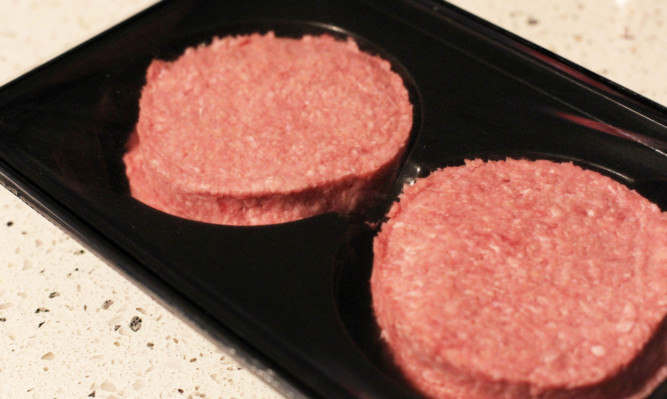Dozens of recommendations to improve food safety in the wake of the horse meat scandal will be considered by ministers and the Food Standards Agency in Scotland.
A group commissioned to identify lessons from the horse meat fraud has published its findings, including 69 recommendations.
Public Health Minister Michael Matheson tasked former chief vet Jim Scudamore with investigating the issue after traces of equine DNA were found in some beef products earlier this year.
The Food Standards Agency (FSA) in Scotland was asked to help local authorities with widespread testing after it emerged that a frozen burger found in the kitchen of Cumbernauld High School, North Lanarkshire contained horse DNA.
Mr Scudamore’s group found that the situation was handled well in Scotland, although it has suggested short-term recommendations for the Scottish Government, the FSA and local authorities, as well as a long-term recommendation to establish a new food body responsible for all aspects of food safety and standards.
The recommendations relate to improving risk assessments, better testing and surveillance and the need to ensure appropriate statutory powers and sanctions to deal with any food standards incidents.
Mr Scudamore said: “The response to the issue was well coordinated and delivered through the partnerships between the FSA in Scotland and the local authorities along with support from all stakeholders. Our recommendations will build on this to achieve improvements in a number of areas.
“The ability to identify potentially fraudulent behaviour and prevent it occurring is an important objective. Methods for the detection of fraud are equally important and if an issue such as horse meat is detected, it is essential that contingency plans are in place to provide a rapid response to protect consumers.”
Responding to the report, Mr Matheson said: “It’s reassuring the see that the group found that there was widespread agreement that the issue had been well handled in Scotland, and that all parties had worked well together.
“However, the study also found that a wide spectrum of lessons could be identified from the horse meat issue. From developing a better understanding of the supply chain, to improving surveillance and consumer engagement, we must now work to make sure that we can deliver the best possible food standards and safety regime for Scotland.”
